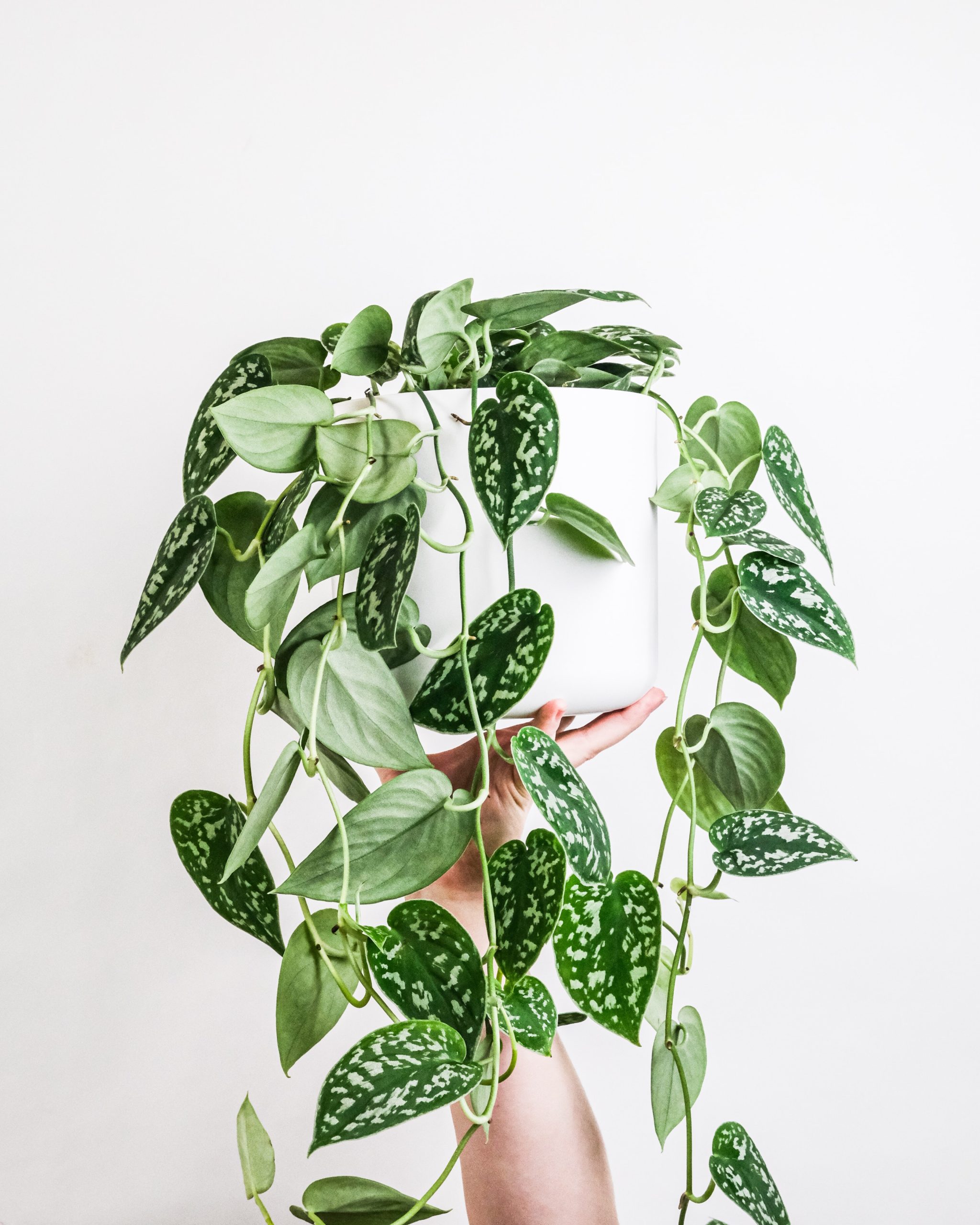Are you looking for an easy, affordable way to add some life and color to your home? Houseplants are a great option! Not only do they help improve air quality, but they can also reduce stress, improve mental health and even boost productivity. Plus, there are plenty of houseplants that are incredibly easy to care for. In this blog post, we will take a look at 10 easy-to-care-for houseplants that will transform your home. From low-maintenance succulents to bright flowering plants, you’ll find something here to make your space more inviting and beautiful. So read on to learn more about the world of houseplants—and how to make them work in your home!
Aloe Vera
If you’re looking for a low-maintenance houseplant that will purify the air in your home, look no further than the aloe vera plant. This succulent is easy to care for, requiring bright indirect sunlight and infrequent watering. Aloe vera plants also release oxygen at night, making them ideal for bedrooms.
Snake Plant
One of the most popular houseplants is the snake plant. It’s easy to see why – they’re easy to care for, they look great, and they help purify the air. If you’re looking for a plant that will transform your home, a snake plant is a great option.
Here are some tips for caring for your snake plant:
- Snake plants prefer bright, indirect light. If you can give them a spot near a window, they’ll be happy.
- They’re pretty drought tolerant, so you don’t need to water them very often. Once every week or two should be sufficient.
- Be careful not to over-water them, as this can cause root rot. Allow the soil to dry out in between watering.
- Snake plants are relatively low maintenance, but if you notice the leaves start to yellow or brown, it’s an indication that something is wrong. Check the roots and make sure they’re not rotting, and adjust your watering accordingly.
Spider Plant
There are few houseplants as popular as the spider plant. These easy-care plants can thrive in a wide range of conditions, making them ideal for homes of all sorts. Best of all, spider plants are known for their ability to transform a space, filling it with greenery and life.
If you’re looking for a plant that will make a big impact in your home, a spider plant is a great choice. These versatile plants can be grown in pots or hanging baskets, making them perfect for any space. And, thanks to their hardy nature, they’re relatively low-maintenance – perfect for busy homeowners.
If you’re interested in adding a spider plant to your home, there are a few things to keep in mind. First, they prefer bright, indirect light – so place them near a window where they’ll get plenty of light without being directly in the sun. Second, be sure to water them regularly – letting the soil dry out completely between waterings. Lastly, feeding your spider plant once per month will help it stay healthy and vibrant.
Philodendron
Philodendron is a large genus of flowering plants in the Araceae family. Philodendrons are native to South America and the West Indies. These beautiful plants are grown for their stunning foliage, which can be variegated or solid green. Some philodendrons even have purple or burgundy leaves! Philodendrons are easy to care for and make great houseplants. They prefer bright, indirect light but will tolerate low light conditions. Water when the soil is dry to the touch and fertilize monthly during the growing season.
Dracaena
Dracaena is a genus of about 120 species of trees and succulent plants. The majority of these are native to Africa, with a few in southern Asia and one in the West Indies. They are characterized by their long, stiff leaves and their woody stems. Many species are popular houseplants, and they can be found in nearly any home or office.
While dracaena plants vary in size, most varieties grow to between two and three feet tall. They have narrow leaves that are often variegated with shades of green, yellow, and white. The leaves are attached to thick stems that can be either woody or fleshy. Some species of dracaena also produce small flowers that bloom in the springtime.
Dracaena plants are relatively easy to care for, making them ideal for novice gardeners or those with limited experience. They prefer bright indirect sunlight but will tolerate low light conditions. These plants should be watered regularly, allowing the soil to dry out slightly between watering sessions. Dracaenas are also tolerant of a wide range of temperatures, making them suitable for both indoor and outdoor gardens.
Pothos
Pothos is a type of climbing ivy that is commonly found in households. While it does require some maintenance, it is relatively easy to care for. Pothos can be found in a variety of colors, including green, white, and yellow. When caring for pothos, be sure to provide bright indirect light and water when the soil is dry to the touch.
Ficus
Ficus plants are a popular choice for both indoor and outdoor gardens. They’re easy to care for and can tolerate a wide range of lighting and watering conditions. Ficus also make excellent houseplants, as they help purify the air and remove toxins from your home.
Schefflera
There are many benefits to adding plants to your home, including improved air quality and a sense of calm. If you’re looking for an easy-to-care-for option that will transform your space, Schefflera is a great choice. This tropical plant is known for its glossy green leaves and can grow up to 10 feet tall indoors. While it prefers bright, indirect light, it can also tolerate low light conditions. watering every 1-2 weeks, allowing the soil to dry out slightly between waterings. With proper care, your Schefflera will thrive and bring life to any room in your home.
Bromeliad
Bromeliads are a type of easy-to-care-for houseplant that can really transform your home. They come in a wide variety of colors and can be found in many different sizes, making them perfect for any space. Bromeliads also don’t require much care, so they’re perfect for busy people or those who aren’t confident in their plant-care abilities.











